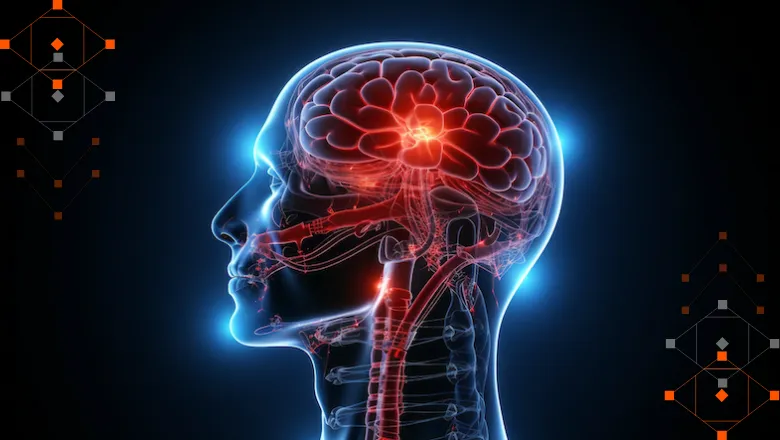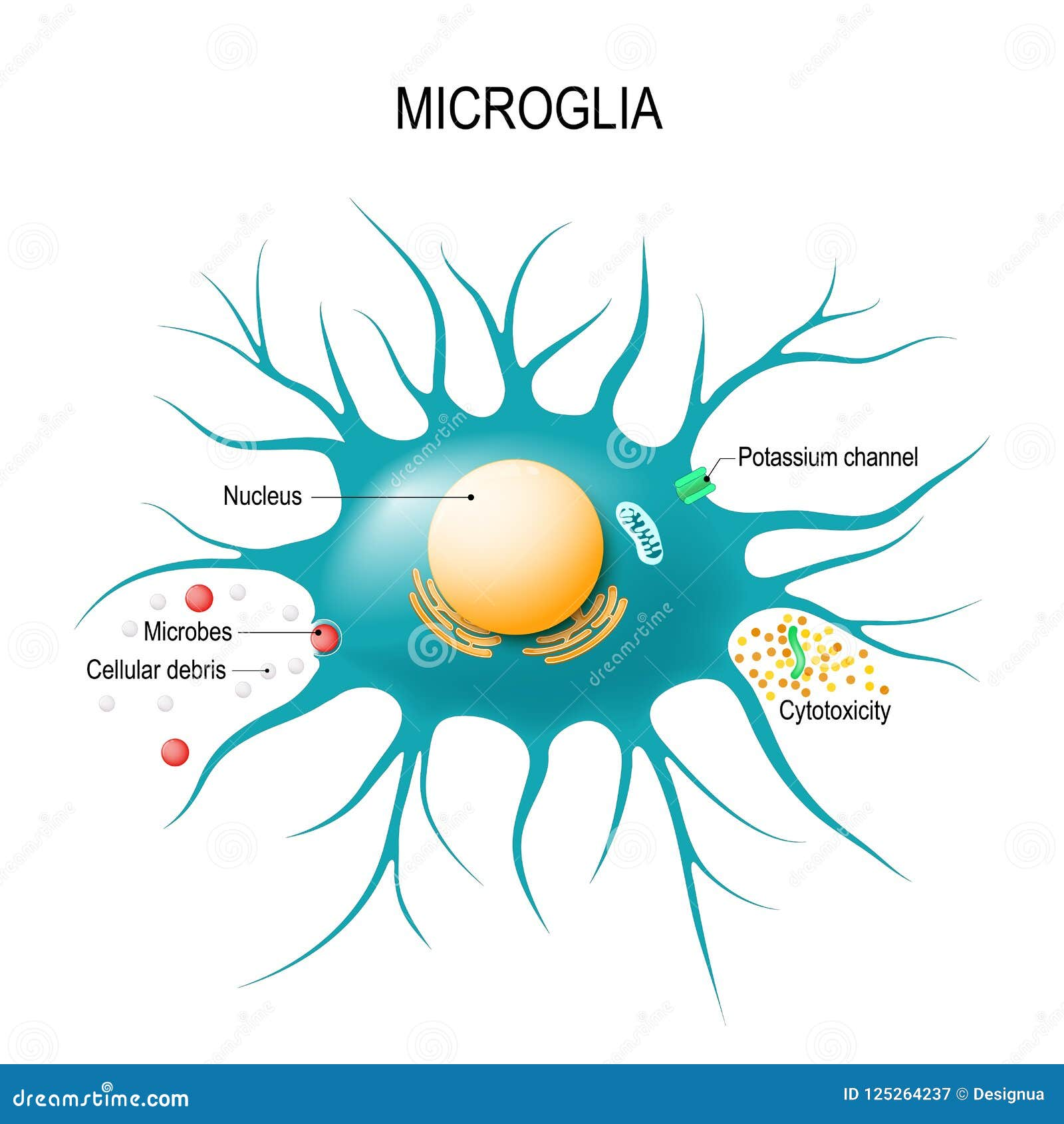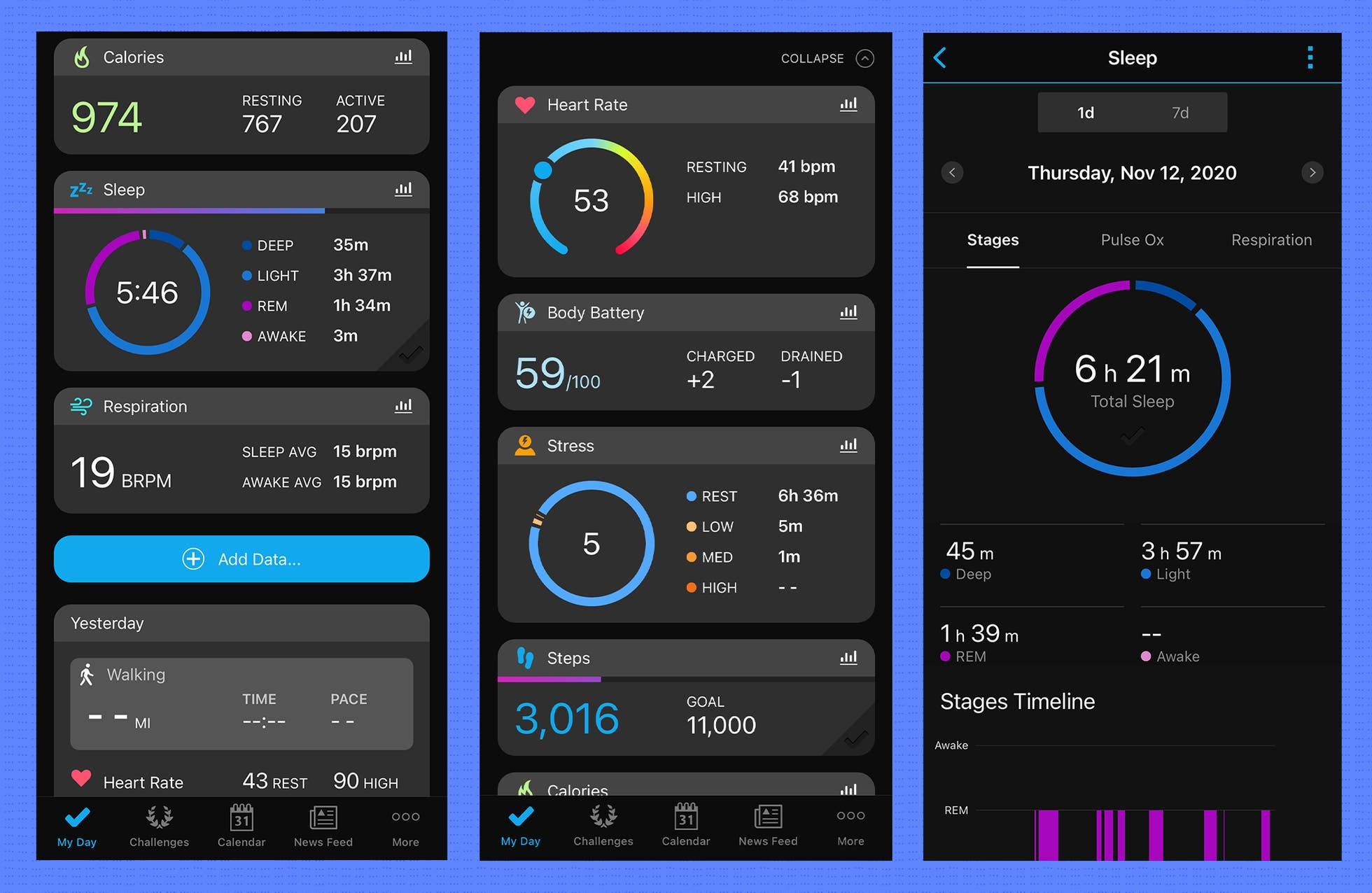AI in predicting brain cancer relapse is rapidly emerging as a groundbreaking innovation in pediatric oncology, unlocking new insights into the recurrence of brain tumors such as gliomas. A recent study conducted by researchers at Mass General Brigham has demonstrated that AI tools can significantly outperform traditional methods in forecasting relapse risk, offering hope for improved patient outcomes. The ability of AI to analyze multiple brain scans over time, using cutting-edge techniques like temporal learning, empowers medical professionals to identify which pediatric patients are most vulnerable to brain cancer recurrence. This essential shift could transform how we approach follow-up care, alleviating the psychological burden on children and their families while advancing pediatric cancer innovations. With ongoing research, the potential for AI cancer prediction in enhancing survival rates and treatment strategies for pediatric gliomas is brighter than ever before.
The application of artificial intelligence in forecasting the regrowth of brain tumors represents a leap forward in managing childhood cancers such as gliomas. Innovative methods are now being explored to enhance the understanding of brain cancer recurrence, focusing on how advanced algorithms can interpret fluctuating data from patients’ magnetic resonance imaging (MRI) results. By utilizing temporal analysis, health professionals aim to achieve superior accuracy in predicting which young patients might face a higher risk of relapse. This transformational approach not only paves the way for more tailored treatment plans but also signifies a significant progression in pediatric cancer research and therapy. As we embrace these technological advances, the landscape of brain cancer care for children continues to evolve.
The Role of AI in Predicting Brain Cancer Relapse
Artificial intelligence (AI) is making significant strides in the healthcare domain, especially in predicting the risk of brain cancer relapse among pediatric patients. Traditional methods primarily rely on singular imaging scans which, as recent studies reveal, have a mere 50% accuracy in forecasting recurrence of brain cancers like gliomas. However, the incorporation of AI, particularly through advanced techniques like temporal learning, has enhanced prediction accuracy significantly, with rates reaching between 75% to 89%. This leap in accuracy could potentially transform follow-up care for these young patients, alleviating the burden of constant scans and unnecessary anxiety for families.
By utilizing a temporal learning approach, AI is trained to analyze multiple brain scans taken over time, allowing for a comprehensive assessment of subtle changes that may indicate a risk of relapse. This innovative methodology empowers healthcare teams to better identify high-risk patients for targeted therapies, thus optimizing treatment plans and ultimately improving outcomes in pediatric cancer care. The integration of AI in this predictive process exemplifies how technology is reshaping the landscape of pediatric oncology.
Advancements in Pediatric Cancer Innovations
As research in pediatric oncology progresses, innovations aimed at improving treatment outcomes and patient experiences are crucial. The latest developments show that dedicated efforts in AI can bridge significant gaps in understanding and prediction of cancer recurrence. Tools that leverage AI for longitudinal study of pediatric gliomas not only enhance the precision of diagnosis but also pave the way for personalized treatment plans tailored to the individual needs of young patients. Innovations in this field signify a paradigm shift towards more effective pediatric cancer management.
Moreover, institutions like Mass General Brigham and Boston Children’s Hospital are at the forefront of these innovations, demonstrating collaboration across research initiatives. Research funded by the National Institutes of Health plays a pivotal role in this progress, emphasizing the importance of support for the integration of cutting-edge technologies in pediatric cancer research. As these innovations continue to develop, the hope is to ultimately decrease recurrence rates and improve quality of life for pediatric cancer survivors.
Pediatric Gliomas: Understanding Recurrence Risks
Pediatric gliomas represent a diverse group of brain tumors that can vary significantly in their potential for recurrence after treatment. While many of these tumors can be effectively managed through surgical intervention alone, the reality is that relapses can occur, posing serious health risks. Research indicates that younger patients, particularly those diagnosed with aggressive forms of gliomas, face a higher likelihood of experiencing recurrence. Understanding the nuances of these risks is critical for healthcare providers as they devise ongoing treatment strategies.
The introduction of AI tools into this arena allows for better risk stratification among pediatric glioma patients. By analyzing sequential MR scans and adapting to the evolving nature of the tumors, these AI models help clinicians identify those most at risk for relapse and tailor their follow-up and treatment protocols accordingly. Such advancements not only enhance clinical decision-making but also foster a deeper understanding of these complex tumors, ultimately guiding future research and therapy development.
The Impact of AI Cancer Prediction on Healthcare
AI cancer prediction tools are transforming the landscape of healthcare, particularly in how clinicians approach follow-up care in pediatric oncology. With the ability to analyze vast amounts of data from multiple MR scans over time, these AI models offer unparalleled insights into patient health. This not only aids healthcare providers in early detection of potential relapses in pediatric gliomas but also streamlines treatment plans, reducing the frequency of unnecessary scans and minimizing stress for young patients and their families.
Moreover, the implications of AI in predicting brain cancer recurrence extend beyond immediate patient care; it also influences long-term outcomes. Enhanced prediction accuracy allows for timely interventions that could prevent serious health declines, thereby improving the overall prognosis for pediatric patients. As AI continues to evolve, its integration into clinical practices promises to refine treatment paradigms, making healthcare both more efficient and patient-centered.
Exploring Temporal Learning in AI for Cancer Prediction
Temporal learning is revolutionizing how AI tools are applied in the prediction of brain cancer relapse, particularly in pediatric cases. This innovative methodology permits the AI model to analyze sequences of brain scans taken over extended periods, which is critical in recognizing trends and subtle changes indicative of potential relapse. Unlike traditional models that evaluate isolated images, temporal learning enables a holistic view of the patient’s health trajectory, enhancing the accuracy of predictions for conditions like pediatric gliomas.
The findings from the recent study highlighted how this approach has led to a significant increase in predictive accuracy, offering hopeful prospects for patient management strategies. As further research delves into optimizing these models, the goal is to established standard protocols that apply temporal learning across various cancer types. This could lead to substantial breakthroughs in how we handle follow-up care and patient monitoring in pediatric oncology.
Collaborative Research Efforts in Pediatric Cancer
The landscape of pediatric cancer treatment and research is increasingly characterized by collaboration among various institutions and health organizations. The study from Mass General Brigham and its partners exemplifies how combined resources and expertise can lead to better health outcomes for pediatric glioma patients. By pooling data from thousands of MR scans across multiple hospitals, researchers are able to train AI models with richer datasets, ultimately improving the quality and accuracy of predictions related to brain cancer recurrence.
These collaborative efforts not only enhance the research but also foster a supportive network for advancements in pediatric cancer care. As different institutions contribute their unique insights and findings, they collectively push the boundaries of knowledge in the field. This underscores the vital role of community and shared ambition in tackling complex health issues like pediatric gliomas and paves the way for future innovations in cancer treatment.
Future Directions in AI for Pediatric Cancer Care
Looking ahead, the future of AI in pediatric cancer care is promising. With the advancements made in predicting brain cancer relapse through powerful AI tools, researchers are optimistic about extending these technologies into more widespread clinical application. The next steps involve rigorous validation of these models in diverse clinical settings, ensuring that they can be reliably used in various hospitals and for different patient populations.
Additionally, the prospect of conducting clinical trials to explore AI-informed risk predictions is on the horizon. These trials aim to determine whether implementing AI predictions can transform patient care protocols, potentially allowing for reduced imaging frequency for low-risk patients or the early introduction of targeted therapies for high-risk cases. Such advancements signify a future where pediatric patients can receive more personalized, efficient, and empathetic care based on robust AI technology.
Addressing Challenges in AI Implementation
Despite the remarkable progress in AI technology and its applications in predicting pediatric cancer relapse, several challenges remain in implementing these tools in clinical settings. One major hurdle is the need for large, high-quality datasets to train AI models adequately, as well as the necessity for ongoing validation to ensure consistent accuracy across varied healthcare environments. As pediatric gliomas can present differently in each patient, customizing AI models to consider these variances is essential for effective predictions.
Furthermore, the integration of AI into existing clinical workflows poses logistical challenges. Healthcare providers must balance between adopting new technologies and maintaining patient-centered care protocols. Adequate training and support for healthcare professionals using these AI tools are crucial to maximize their benefits. Addressing these challenges collaboratively will be key to fully realizing the potential of AI in pediatric cancer care.
The Promise of Personalized Treatment through AI
The advent of AI in predicting cancer recurrence heralds a new era of personalized medicine in pediatric oncology. By leveraging detailed analysis from multiple scans, AI can help craft individualized treatment strategies that account for each patient’s unique response to therapy. This shift towards personalized approaches is particularly vital in managing conditions like pediatric gliomas, where variability in tumor behavior can significantly impact treatment outcomes.
As researchers and healthcare professionals work together to refine AI tools, the promise for enhanced care becomes increasingly apparent. Personalized treatment plans based on accurate predictive analytics not only offer hope for better survival rates but also aim to improve the overall quality of life for pediatric cancer patients. The incorporation of AI into treatment protocols may ultimately lead to more tailored interventions that align closely with the patients’ needs, paving the path for innovative oncology therapies.
Frequently Asked Questions
How does AI in predicting brain cancer relapse improve outcomes for pediatric gliomas?
AI in predicting brain cancer relapse enhances patient outcomes by providing more accurate predictions of glioma recurrence. Traditional methods often fall short, while AI models trained with temporal learning analyze multiple MR scans over time, improving prediction accuracy significantly, leading to better-informed treatment decisions.
What is temporal learning AI and how is it used in brain cancer recurrence prediction?
Temporal learning AI is a technique that allows models to learn from sequences of data over time, which is particularly useful in predicting brain cancer recurrence. In pediatric gliomas, researchers use this approach to analyze multiple MR scans, enabling the AI to detect subtle changes that may indicate a risk of relapse that single images cannot reveal.
What accuracy does AI achieve in predicting brain cancer recurrence compared to traditional methods?
In studies involving pediatric gliomas, AI achieves a prediction accuracy ranging from 75-89% for brain cancer recurrence, outperforming traditional methods that only provide around 50% accuracy. This advancement underscores the potential of AI cancer prediction in improving surveillance strategies for pediatric cancer patients.
Can AI predict brain cancer recurrence in pediatric patients before it becomes evident through symptoms?
Yes, AI can predict brain cancer recurrence in pediatric patients by analyzing longitudinal MR scans taken post-surgery. The use of multiple scans enables the AI model to identify early warning signs of relapse, potentially allowing for timely interventions before clinical symptoms appear.
What are the implications of AI innovations on pediatric cancer care, specifically regarding brain cancer treatment?
AI innovations in predicting brain cancer relapse are set to transform pediatric cancer care by reducing the need for frequent imaging in low-risk patients and enabling targeted therapies for high-risk individuals. This development could ease the burden on pediatric patients and their families while optimizing treatment pathways.
Why is AI necessary for predicting brain cancer recurrence in pediatric gliomas?
AI is necessary for predicting brain cancer recurrence in pediatric gliomas because it offers advanced analytical capabilities that surpass traditional methods. It allows for the integration of multiple imaging data over time, leading to more reliable risk assessments, ultimately driving improvements in patient management.
What future research is needed to enhance AI’s role in predicting brain cancer recurrence?
Future research should focus on validating AI models across diverse clinical settings to establish their reliability and effectiveness in predicting brain cancer recurrence. Clinical trials aimed at assessing the impact of AI-informed risk predictions on treatment outcomes will be essential for widespread clinical adoption.
How does AI technology contribute to pediatric cancer innovations in the context of brain cancer?
AI technology contributes to pediatric cancer innovations by providing advanced predictive analytics that can fundamentally change how healthcare providers monitor and treat brain cancer. By harnessing AI’s ability to analyze comprehensive imaging data, clinicians can develop personalized treatment plans based on individual relapse risk, thus enhancing the overall management of pediatric gliomas.
| Key Point | Details |
|---|---|
| AI Tool Accuracy | The AI tool predicted relapse risk in pediatric brain cancer patients with 75-89% accuracy, outperforming traditional methods that had only about 50% accuracy. |
| Temporal Learning Technique | Utilized a new approach called ‘temporal learning’ to analyze sequential brain scans over time, enhancing prediction capabilities. |
| Impact for Patients | The AI model may reduce the need for frequent MRI follow-ups and enable targeted therapies for high-risk patients. |
| Study Collaboration | Conducted by researchers from Mass General Brigham, Boston Children’s Hospital, and Dana-Farber/Boston Children’s Cancer and Blood Disorders Center. |
Summary
AI in predicting brain cancer relapse offers groundbreaking advancements in the accuracy of monitoring pediatric glioma patients. The study demonstrates that AI’s ability to analyze longitudinal MRI scans significantly improves the prediction of cancer recurrence, which is crucial for timely and effective treatment. This innovative approach not only alleviates the stress of frequent imaging for families but also holds promise for tailoring patient care based on individual relapse risks.




